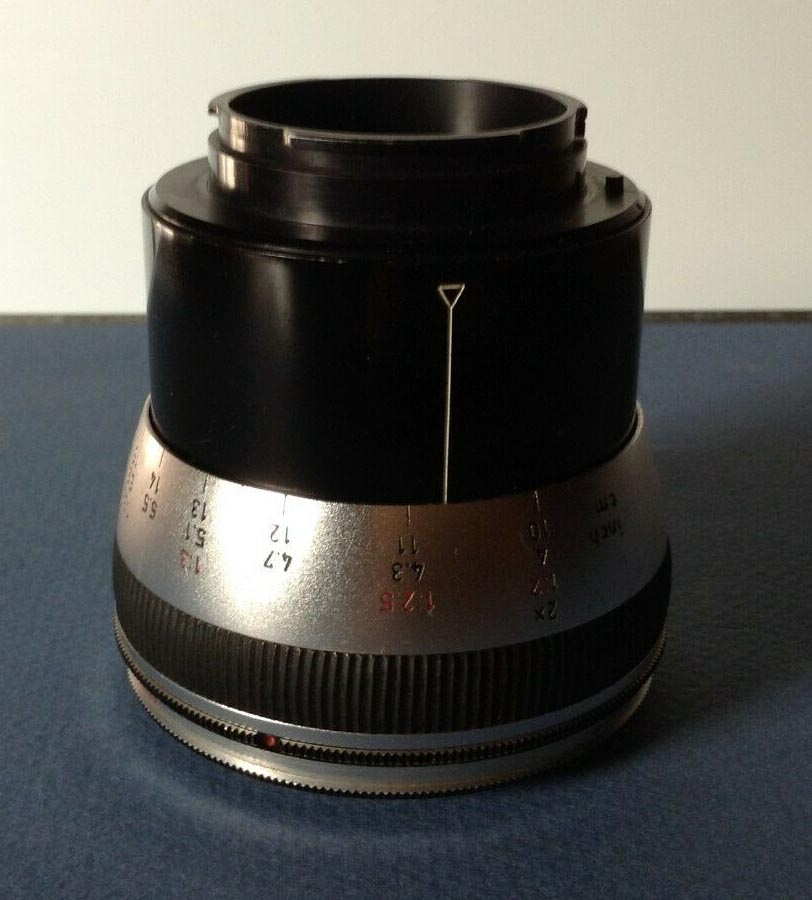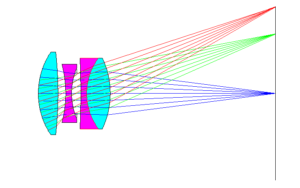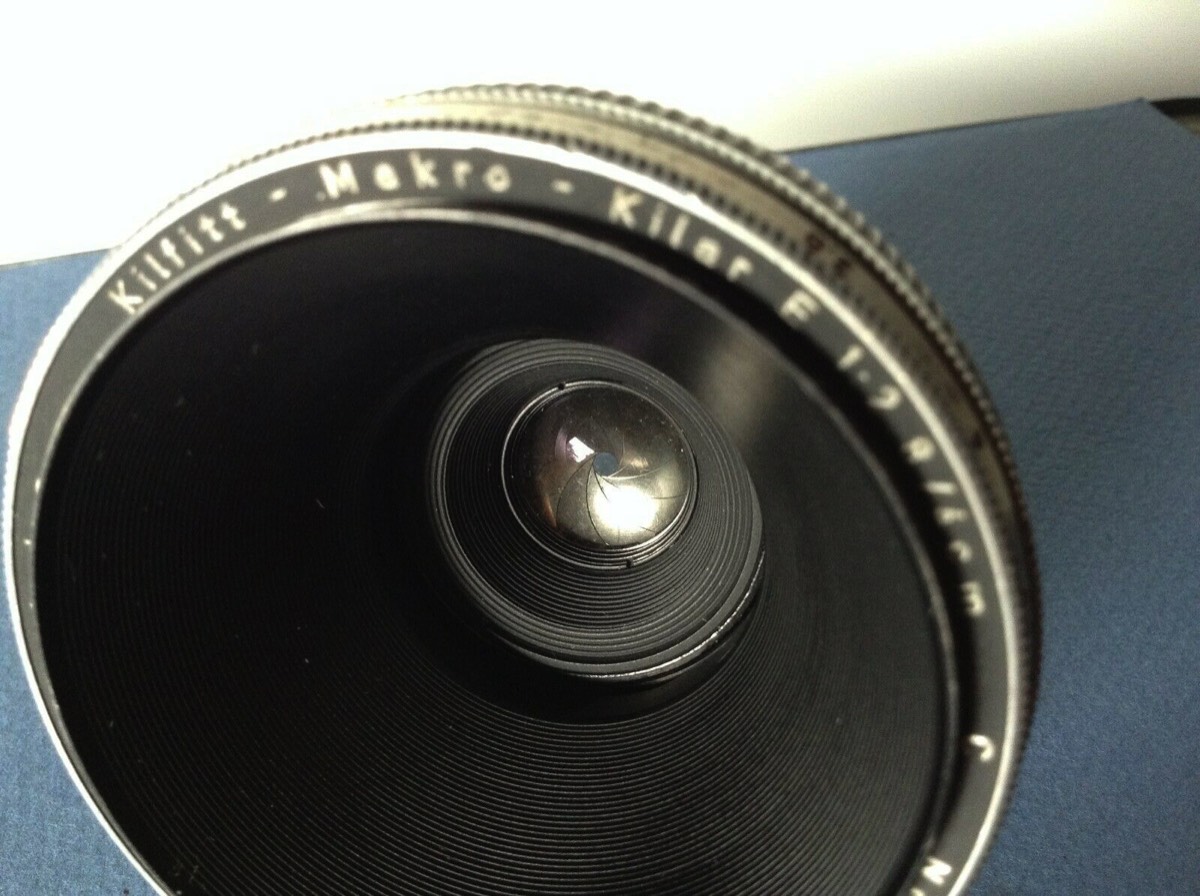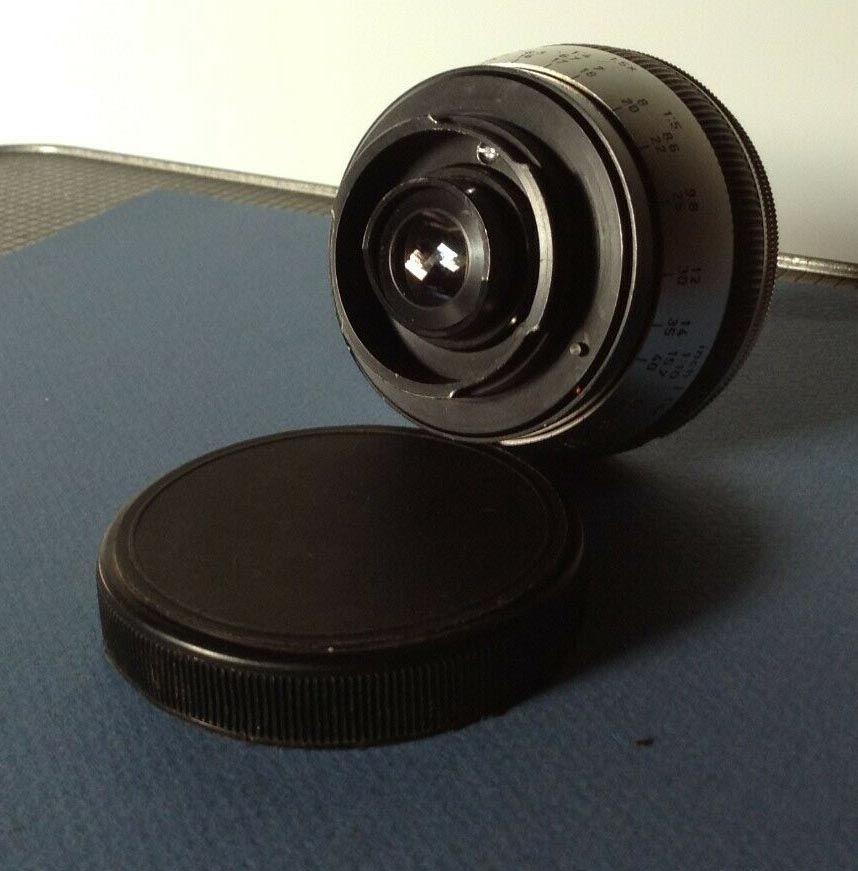This lens
Kilfitt/Zoomar lenses have serial numbers in two parts:
- a 3-digit prefix
- a serial production number usually consisting of four digits, and rarely of five.
The two parts of the serial number are separated by a hyphen: –
When different versions of a lens were produced over time, the prefix number usually changed between each version.
The Makro-Kilar was designed by Heinz Kilfitt's Kilfitt Optische Fabrik of Munich Germany, but was actually produced in the huge bustling metropolis of Liechtenstein by Kamerabau Anstalt Vaduz.
As stated in the history section this was the first ever true macro lens for 35mm. This makes it one of the most famous and rare macro lense. Designed specially for shooting close-ups of small subjects but it can be also used in other genres of photography, not necessarily requiring focusing at close distances.
This lens is true German quality engineering at its very best. Every Kilfitt lens was tested before leaving the factory. Film was not considered flat enough for accurate tests, so it was tested by shooting on glass plates -- two of them. One plate went out with the lens, the other stayed at the factory for future comparisons if the lens was ever returned for repairs. The lenses were bolted to a tripod head mounted in concrete in the basement of the factory. If you are not impressed, you should be. Mr. Kilfitt wanted to turn out quality lenses, and he did.
But Kilar lenses are distinguished not only by their fine optical performance, but also by their light weight and superb mechanical quality and finish. F-stop pre-selectors facilitate convenient focusing and fast shooting; focusing and aperture controls with large rings assure positive operation even with gloved hands. All Kilars have "short barrels", thus permit adapters, variable extension mounts, or reflex housings to be inserted between lens and camera without affecting the full focusing range from infinity to near distance.
This exclusive Kilfitt design permits continuous focusing, with perfect lens-to-film plane parallel, from infinity to extreme close-ups down to as close as 3cm, thus eliminating the need for bellows focusing attachments or other close-up focusing devices.
In addition to f-stop and distance scales, Makro-Kilar lens mounts have separate scales indicating the reproduction ratio and, for extreme close-ups, the exposure correction factors. F- stop pre-selectors facilitate convenient focusing and fast shooting.
Besides offering an extreme focusing range, this critically corrected lens also provides the advantages of a medium wide angle for photography at normal distances, yielding "wide view" negatives and color transparencies.
The lens was also sold as Kamerabau-Anstalt-Vaduz Kilfitt-Makro-Kilar E 40mm F/2.8 before the production was moved from Vaduz (Liechtenstein) to Munich (Germany).
From the mid 1930's to mid 1950's, you could buy virtually any 35mm SLR you could think of, as long as it was an Exakta. Yes indeed, before the successful Japanese SLR onslaught, Exakta dominated the 35 SLR field literally like no make has before or since, capturing 95% plus of the 35mm SLR market. You see, for all practical purposes, Exakta INVENTED 35mm SLRs in 1936, and had virtually no competition until the mid 50's.
Strangely enough, Exakta did not manufacture its own lenses, it looked to independent manufacturers to do that. I'm fairly sure the first 35mm SLR Macro lens designed as such was the German Kilfitt 40/2.8 Makro-Kilar of 1955.
Two versions were made, the D which focused from infinity down to 1:1, and the E which focused from infinity to 1:2. The optics were identical, a Tessar four element compound triplet, the difference being in the helicals.
Kilfitt probably chose a 40mm focal length to keep the lens small, but a longer focal length in the 50-60mm range would have been more useful. Keeping up to date with the SLRs of the time, the Makro-Kilars use a Pre-set diaphragm. That means the photographer has to stop down the lens to shooting aperture and then reopen again to focus. Series V filters were inserted in a unique cone shaped filter holder, which fits inside the deeply recessed lens barrel.
Performance? It had an excellent reputation for its time as very sharp lens. Variations? Earlier lenses are f/3.5, later lenses f/2.8. Some lenses are marked "Made in Liechtenstein," some are not.
From Popular Photography - ND, January 1957 about the modification to f2.8:
The popular 40mm Makro-Kilar f/3.5 has been completely redesigned. The new lens has a maximum aperture of f/2.8, a preset diaphragm with click stops, and a removable cone shaped filter holder which enters the recessed Makro- Kilar lens so as to position the filter close to the front element of the lens. SummaryKilfitt's are fine lenses of great precision and optical performance, but today they are hard to find. If you are interest is detailed macro photography you should consider acquiring a macro lens with a focal length of at least twice this as its large closest working distance will then not to scare away the subject, and the lens barrel will not cast a shadow over it. But for collectors like me, With a focus range from infinity to 1:2 or closer, wonderful bokeh etc buy the the Kilfitt. After all the Makro-Kilar established the standard focusing pattern for today's modern Macro lenses.
For general information on lens design and lens elements go to the homepage
HERE







